It’s the first hand experiences of difficulties great leaders have faced and overcome that provide insight and inspiration that we can apply to our own lives. That’s often why autobiographies are so incredibly popular. By reading these books, we can gleam invaluable insights into the human condition that we can apply to our own situations. Here are some recommended reads of inspiring books about leadership.
 The Story of my Experiments with Truth by Mahatma Ghandi
The Story of my Experiments with Truth by Mahatma Ghandi
Mohandas K. Gandhi is one of the most inspiring figures of our time. In his classic autobiography he recounts the story of his life and how he developed his concept of active nonviolent resistance, which propelled the Indian struggle for independence and countless other nonviolent struggles of the twentieth century.
Leading on the Edge by Rachael Robertson
by Rachael Robertson
In Leading on the Edge, Rachael Robertson shares the lessons she learned as leader of a year-long expedition to the wilds of Antarctica. Leading eighteen strangers around the clock for a full year, through months of darkness and with no escape from the frigid cold, howling winds, and each other, Robertson learned powerful lessons about what real, authentic leadership is. Here, she offers a deeply honest and humorous account of what it takes to survive and lead in the harshest environment on Earth. What emerges from her graphic account is a series of powerful and practical lessons for business leaders and managers everywhere.
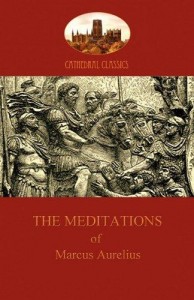 Meditations by Marcus Aurelius
Meditations by Marcus Aurelius
The Roman emperor Marcus Aurelius Antoninus (a.d. 121–180) embodied in his person that deeply cherished, ideal figure of antiquity, the philosopher-king. His “Meditations” are not only one of the most important expressions of the Stoic philosophy of his time but also an enduringly inspiring guide to living a good and just life. Written in moments snatched from military campaigns and the rigors of politics, these ethical and spiritual reflections reveal a mind of exceptional clarity and originality, and a spirit attuned to both the particulars of human destiny and the vast patterns that underlie it. A. S. L. Farquharson (1871–1942) spent a lifetime on his edition of the “Meditations,” which is one of the outstanding twentieth-century achievements of classical scholarship. All the notes to the Farquharson translation, amplifying the twelve books of the “Meditations,” are included in this volume.
 Long Walk to Freedom by Nelson Mandela
Long Walk to Freedom by Nelson Mandela
The riveting memoirs of the outstanding moral and political leader of our time, A Long Walk to Freedom brilliantly re-creates the drama of the experiences that helped shape Nelson Mandela’s destiny. Emotive, compelling and uplifting, A Long Walk to Freedom is the exhilarating story of an epic life; a story of hardship, resilience and ultimate triumph told with the clarity and eloquence of a born leader.
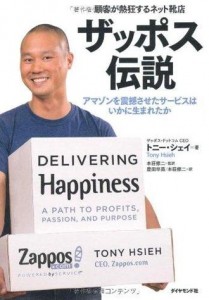 Delivering Happiness by Tony Hsieh
Delivering Happiness by Tony Hsieh
Pay brand-new employees $2,000 to quit? Make customer service the responsibility of the entire company-not just a department? Focus on company culture as the #1 priority? Apply research from the science of happiness to running a business? Help employees grow-both personally and professionally? . . . Sound crazy? It’s all standard operating procedure at Zappos, the online retailer that’s doing over $1 billion in gross merchandise sales annually. After debuting as the highest-ranking newcomer in Fortune magazine’s annual “Best Companies to Work For” list in 2009, Zappos was acquired by Amazon in a deal valued at over $1.2 billion on the day of closing. In Delivering Happiness, Zappos CEO Tony Hsieh shares the different lessons he has learned in business and life, from starting a worm farm to running a pizza business, through LinkExchange, Zappos, and more. Fast-paced and down-to-earth, Delivering Happiness shows how a very different kind of corporate culture is a powerful model for achieving success-and how by concentrating on the happiness of those around you, you can dramatically increase your own.
If you love autobiographies, take a look at our Pinterest board for more inspiring stories.
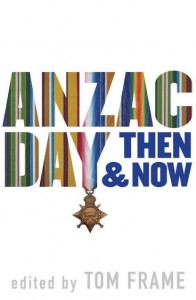
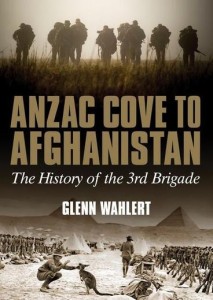
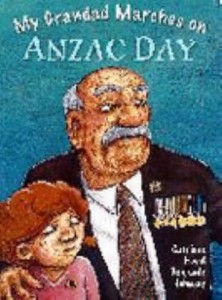
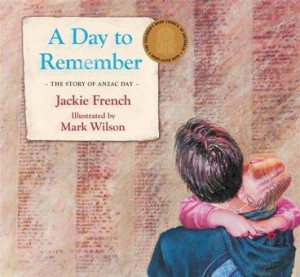
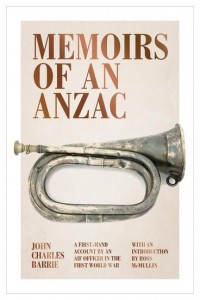
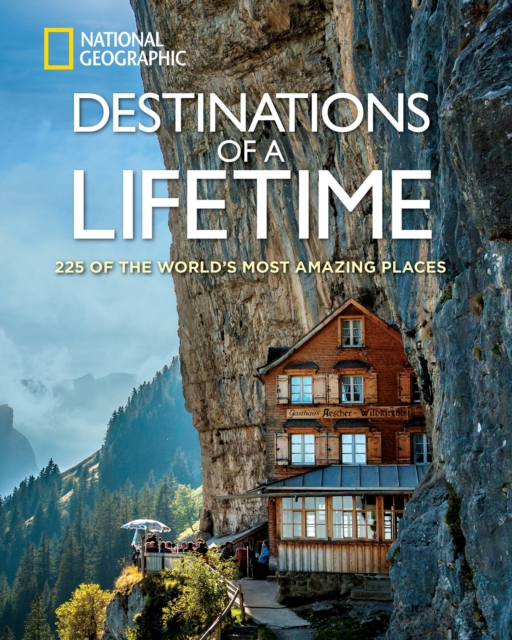 Destinations of a Lifetime: 225 of the World’s Most Amazing Places by National Geographic
Destinations of a Lifetime: 225 of the World’s Most Amazing Places by National Geographic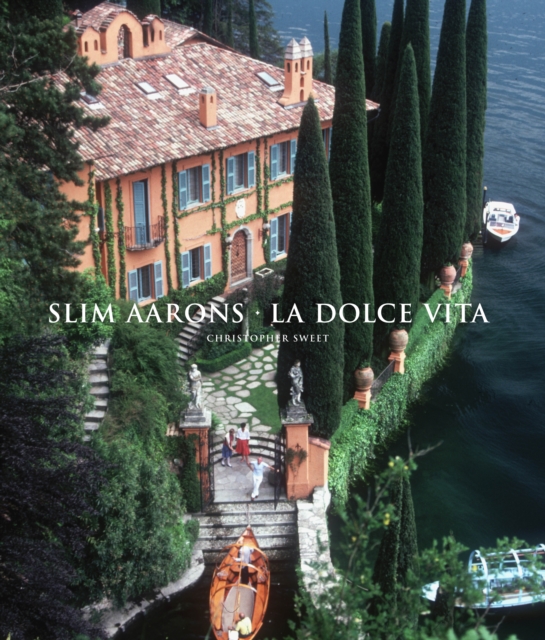 Slim Aarons: La Dolce Vita
Slim Aarons: La Dolce Vita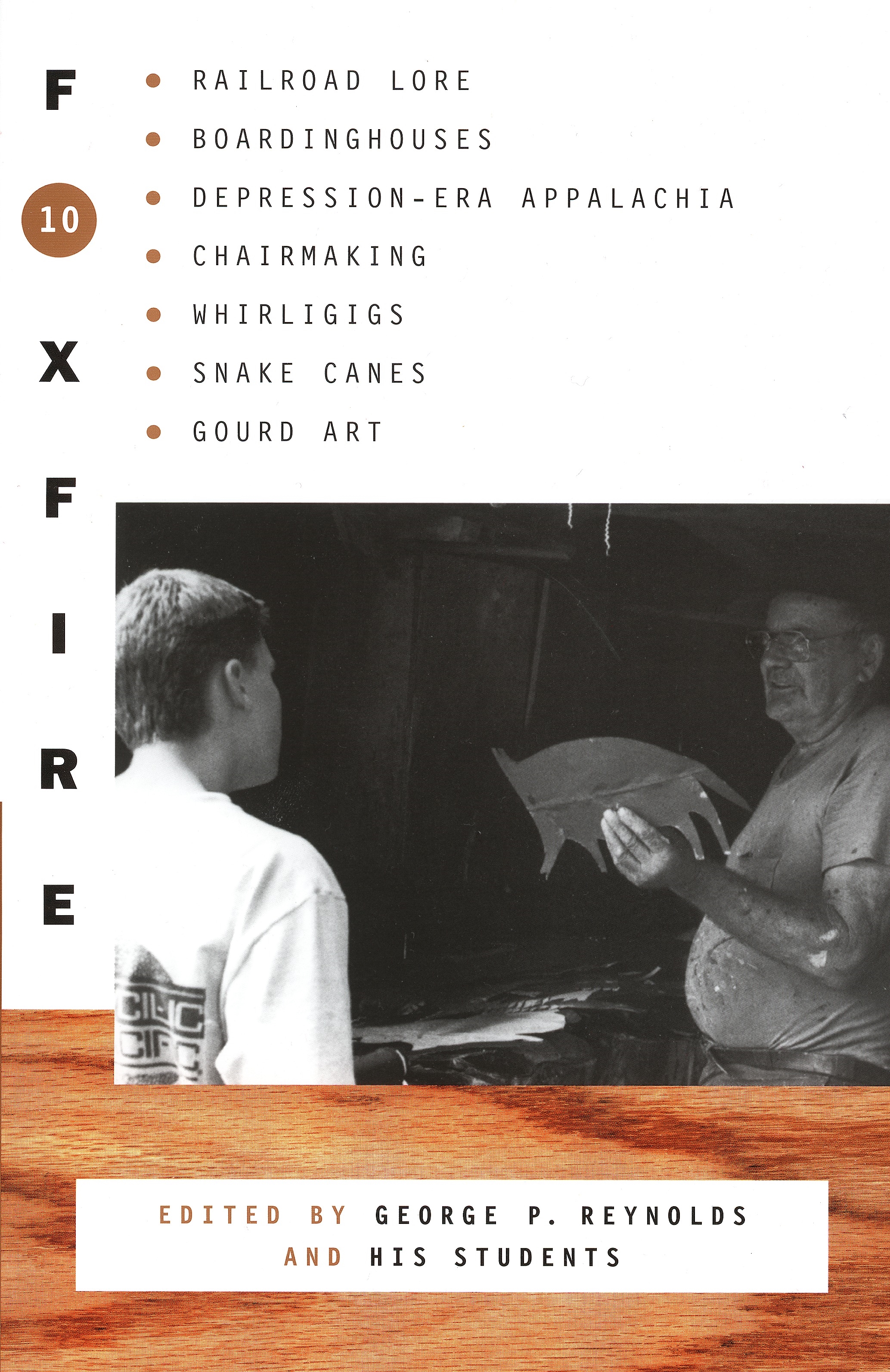 The Road to Little Dribbling
The Road to Little Dribbling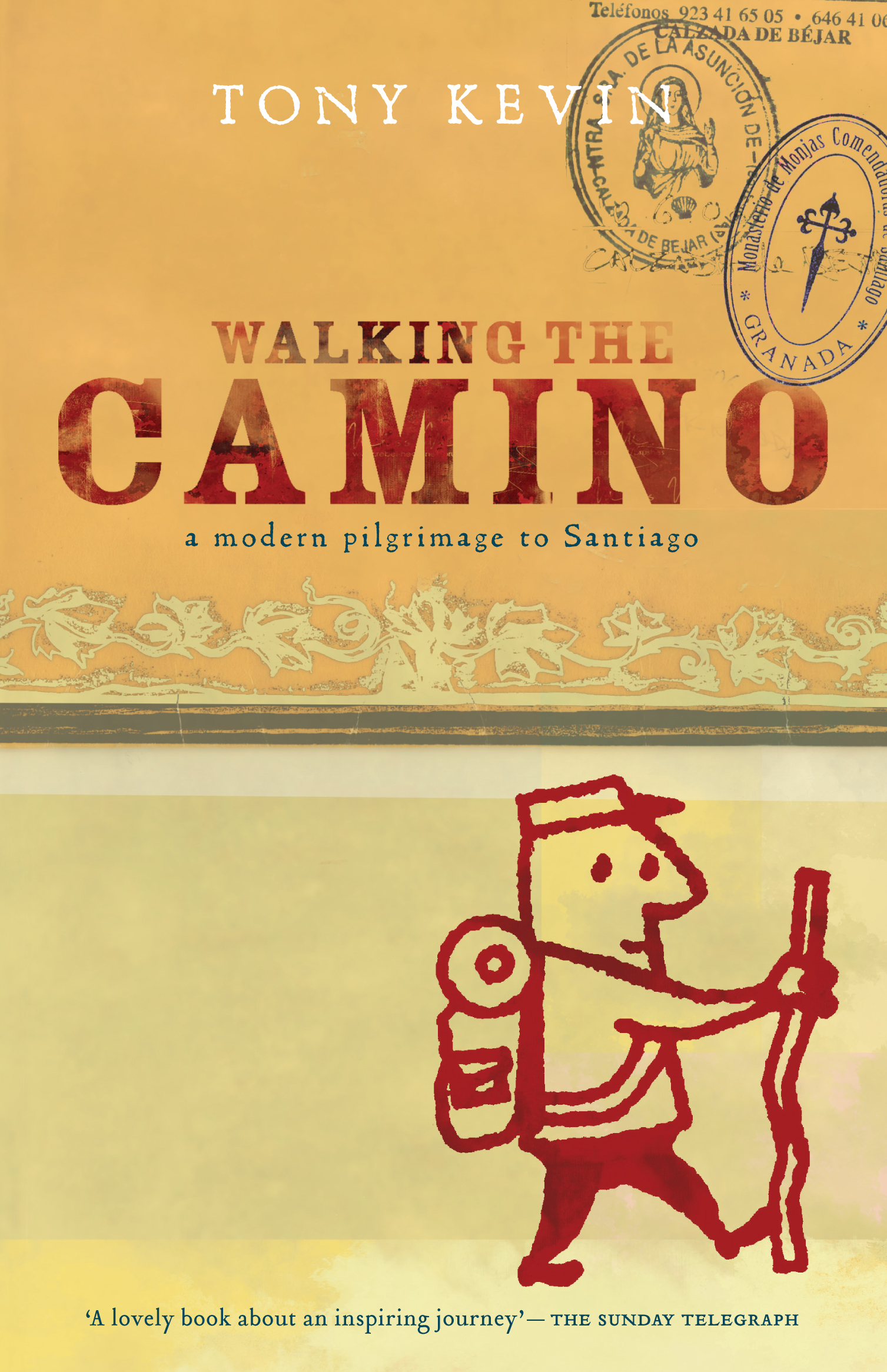 Walking the Camino: a Modern Pilgrimage to Santiago
Walking the Camino: a Modern Pilgrimage to Santiago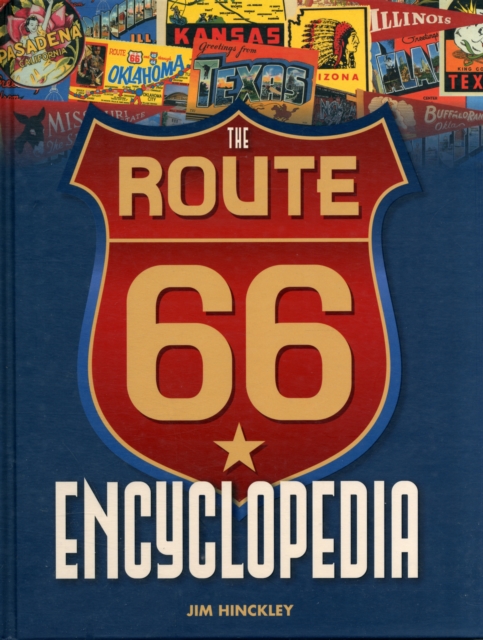 The Route 66 Encyclopaedia
The Route 66 Encyclopaedia Pretty Good Number One: An American Family Eats Tokyo
Pretty Good Number One: An American Family Eats Tokyo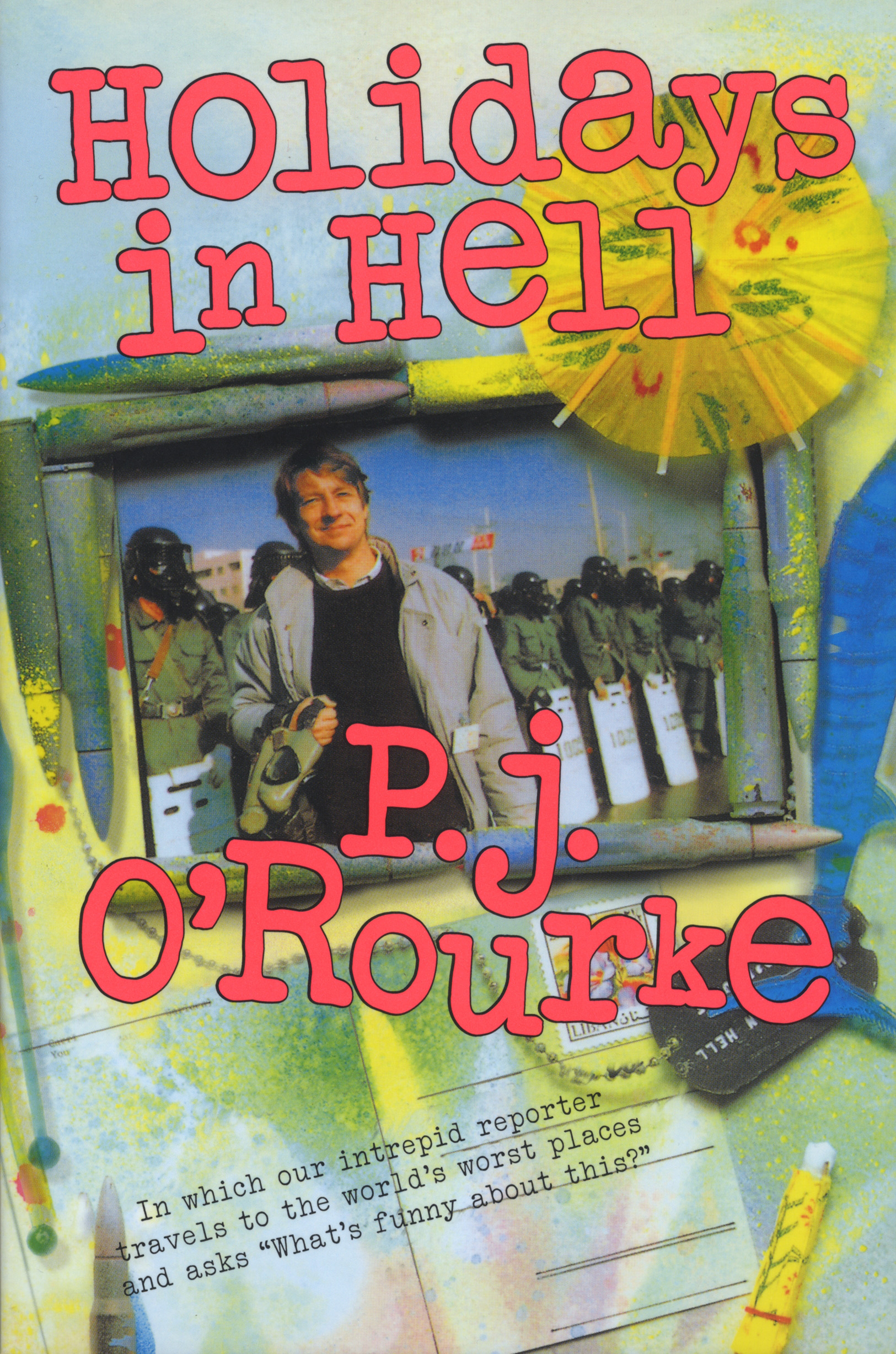
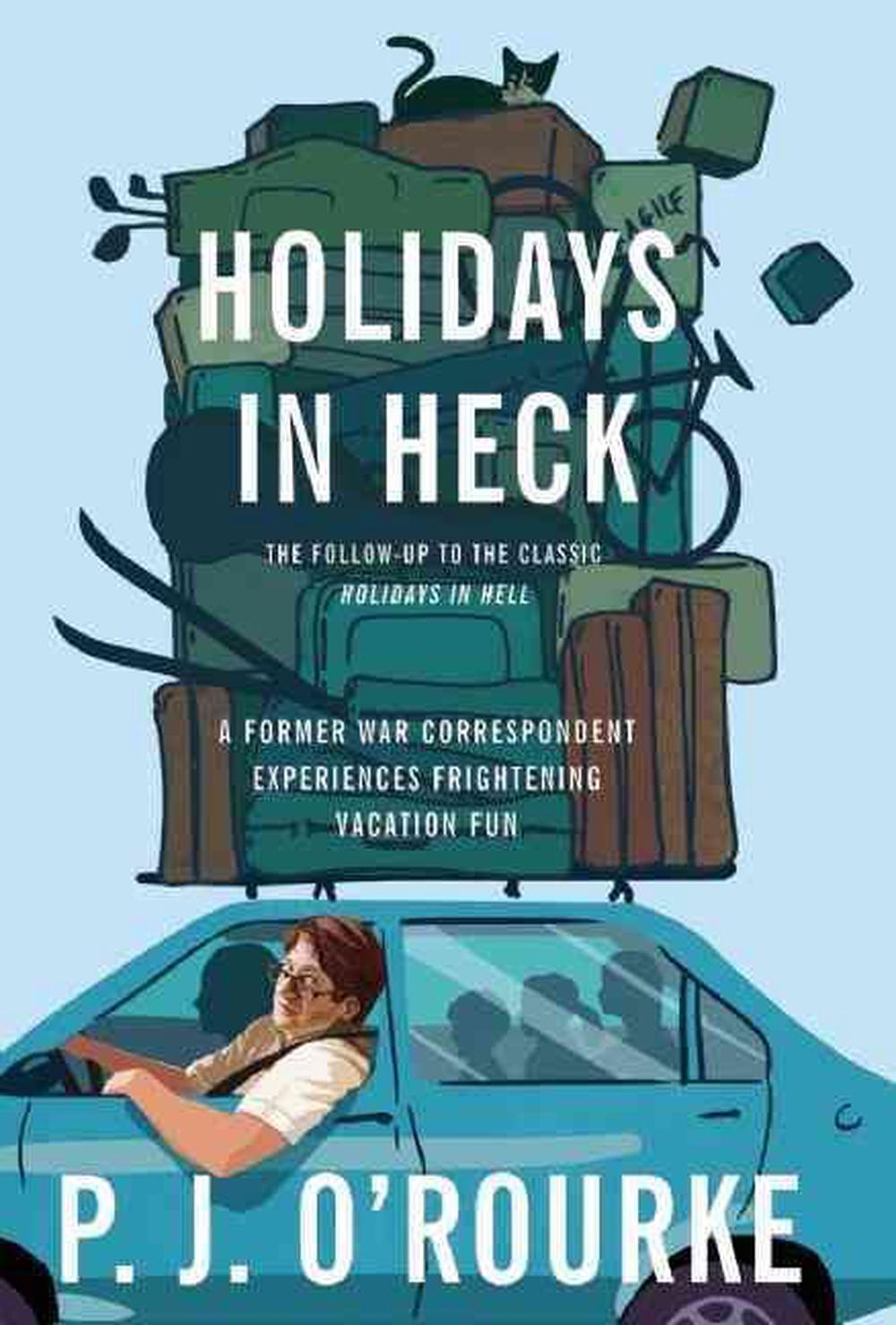
 Book Cases: From Salvage to Storage
Book Cases: From Salvage to Storage Florentine: The True Cuisine of Florence
Florentine: The True Cuisine of Florence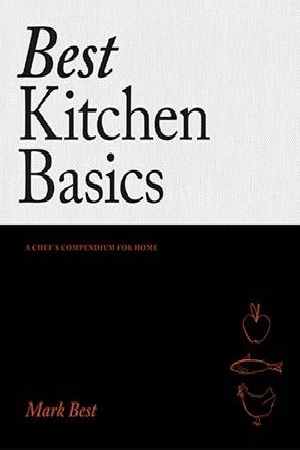
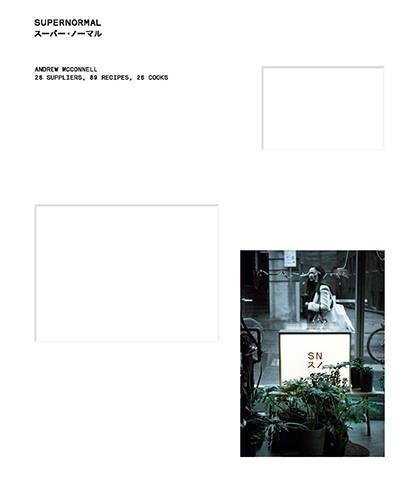 Supernormal
Supernormal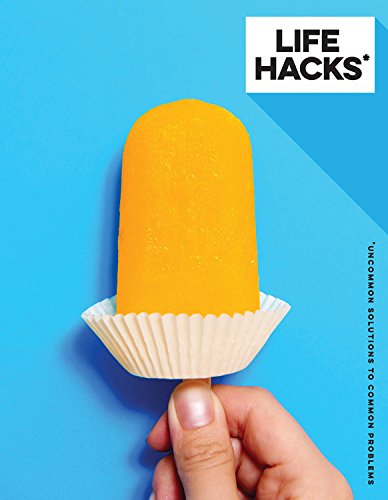
 Hello Tokyo
Hello Tokyo

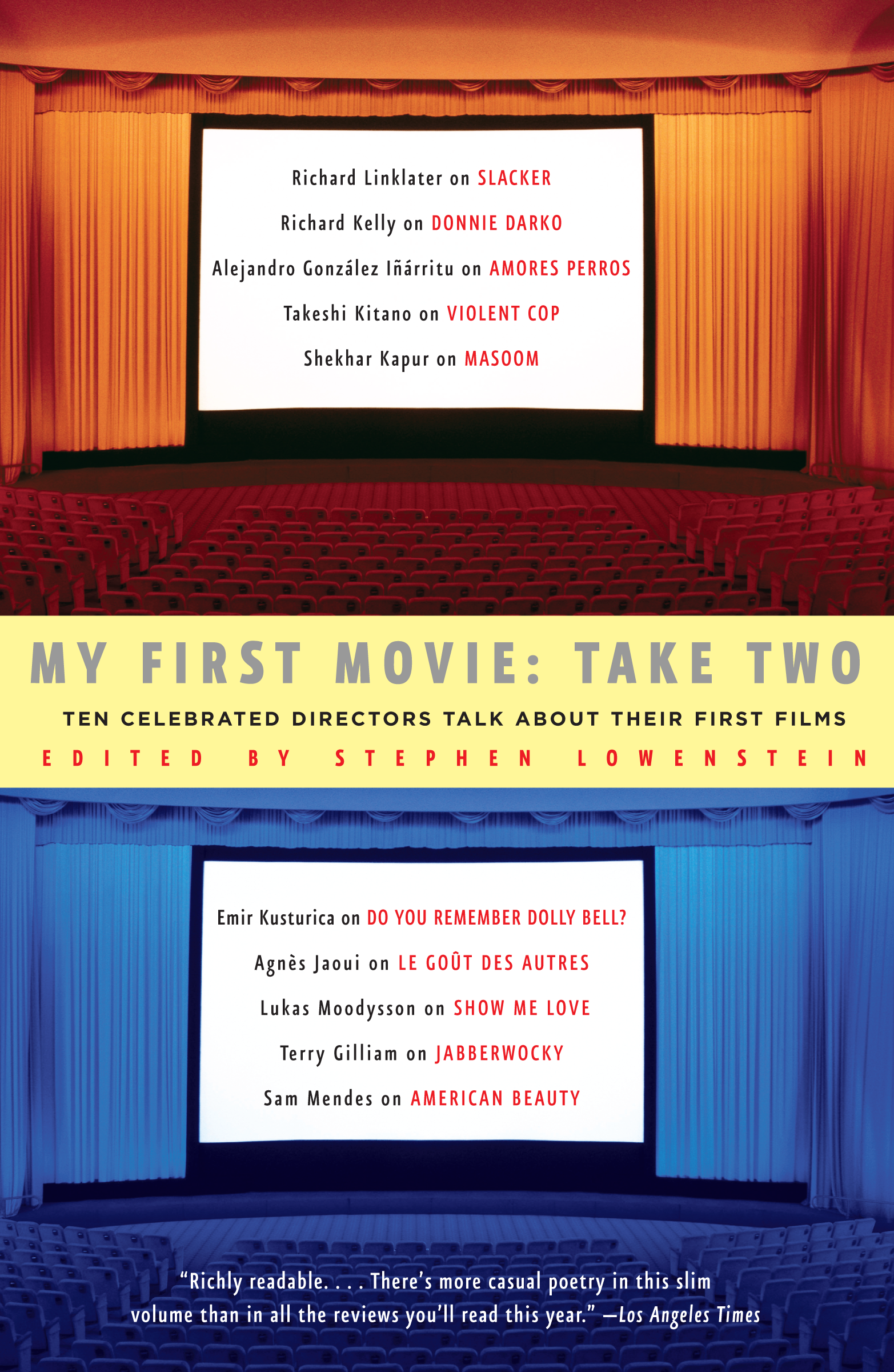
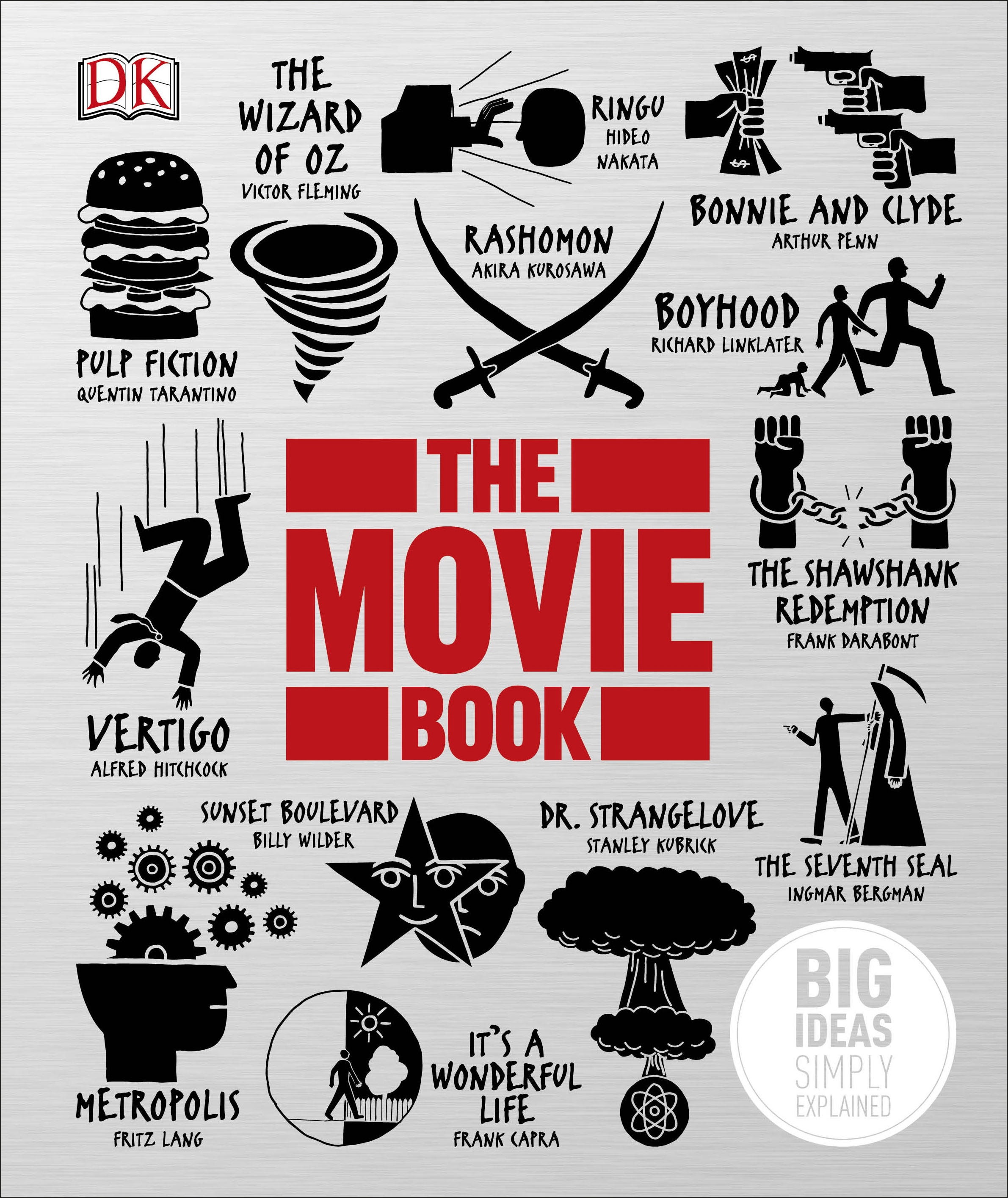

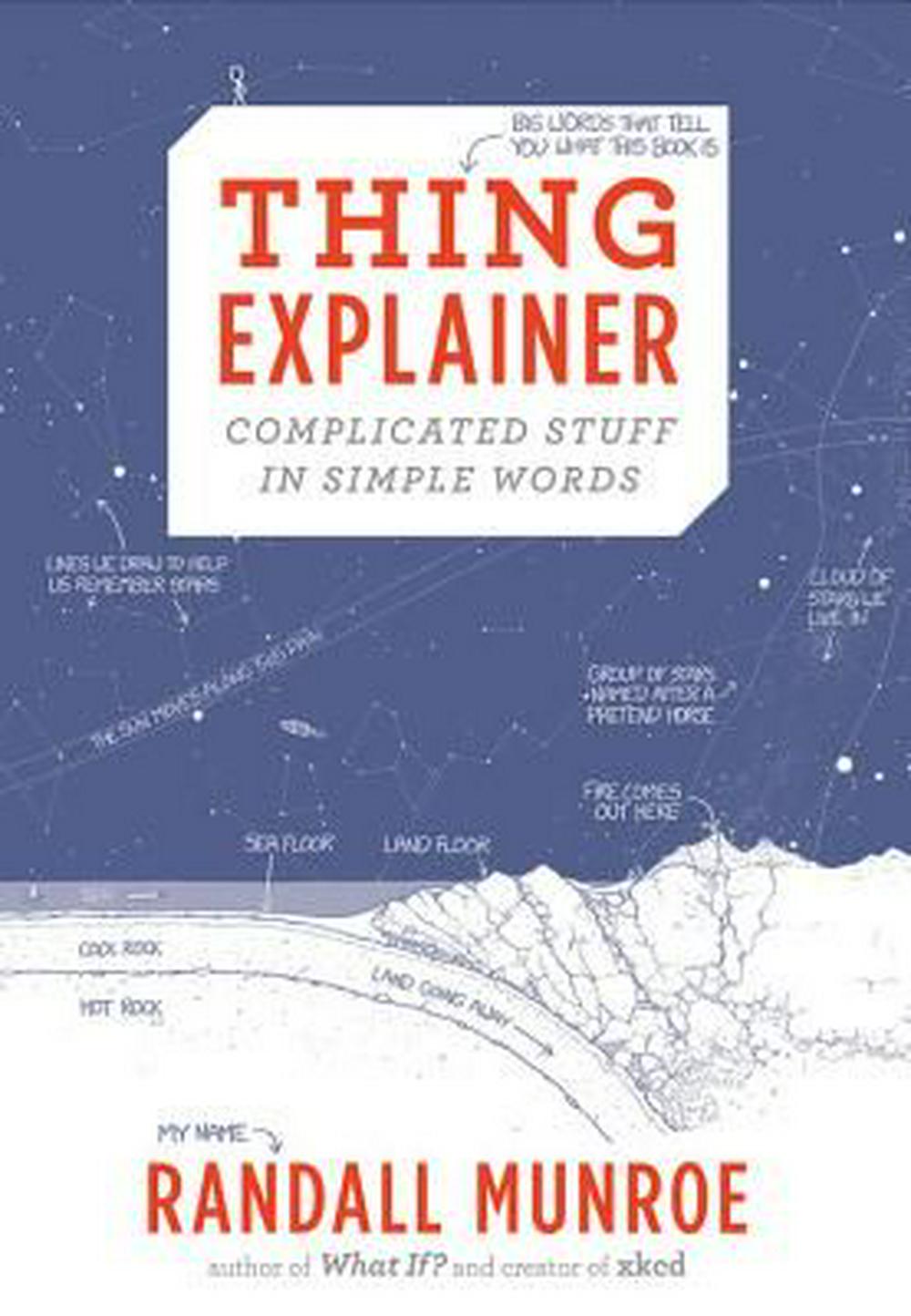 Thing Explainer: Complicated Stuff in Simple Words
Thing Explainer: Complicated Stuff in Simple Words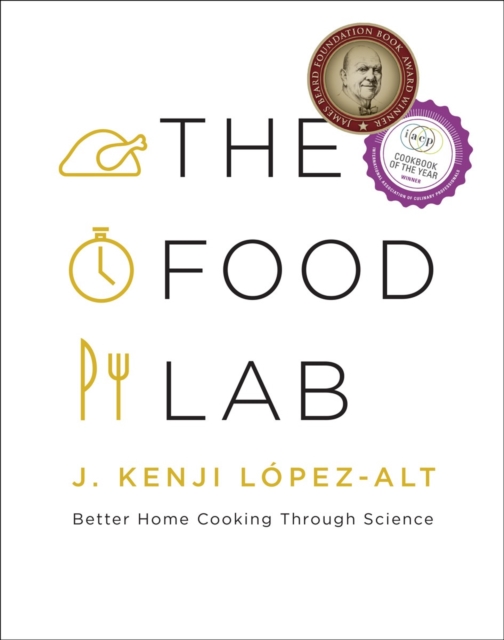 The Food Lab: Better Home Cooking Through Science
The Food Lab: Better Home Cooking Through Science The Consolations of Philosophy
The Consolations of Philosophy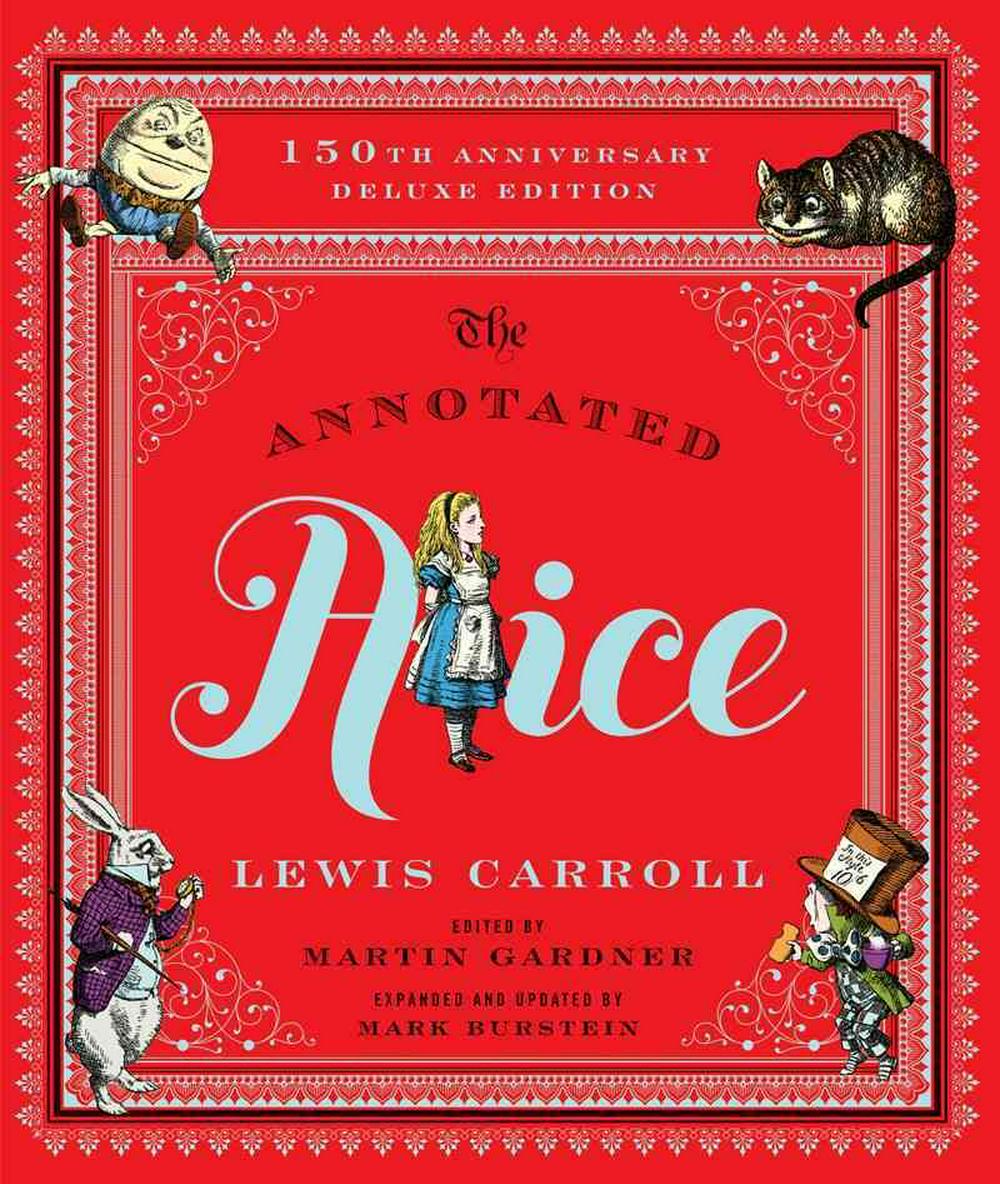 The Annotated Alice
The Annotated Alice Quantum Physics for Babies
Quantum Physics for Babies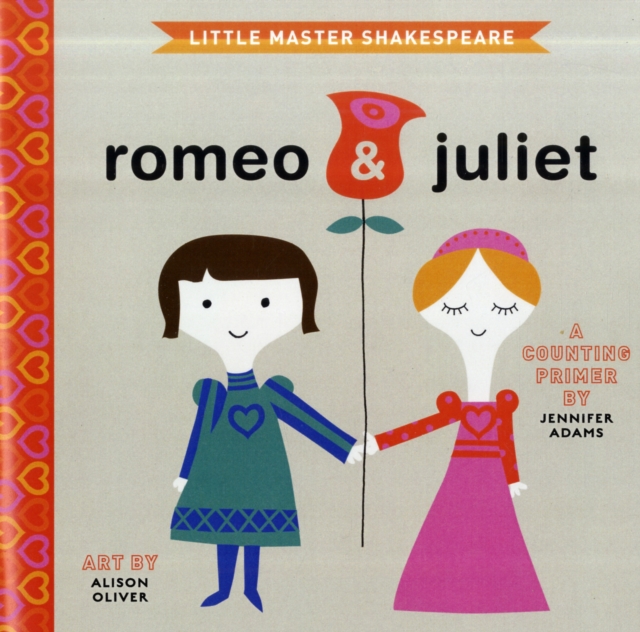 Little Master Shakespeare Romeo & Juliet: a Counting Primer
Little Master Shakespeare Romeo & Juliet: a Counting Primer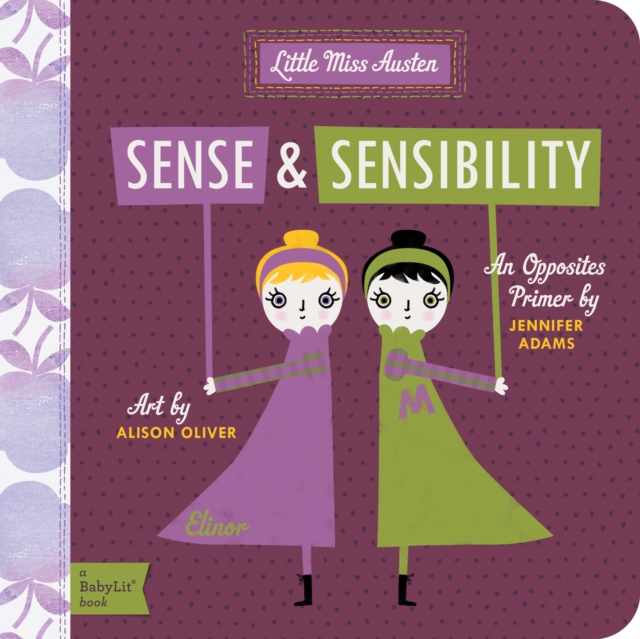 It’s never too early to get to know great literature – and the BabyLit collection aims to do just that. BabyLit is a series of cute and stylish board books based on literary classics. Fancy a counting book
It’s never too early to get to know great literature – and the BabyLit collection aims to do just that. BabyLit is a series of cute and stylish board books based on literary classics. Fancy a counting book  Holidays Around the World: Celebrate Chinese New Year: With Fireworks, Dragons, and Lanterns
Holidays Around the World: Celebrate Chinese New Year: With Fireworks, Dragons, and Lanterns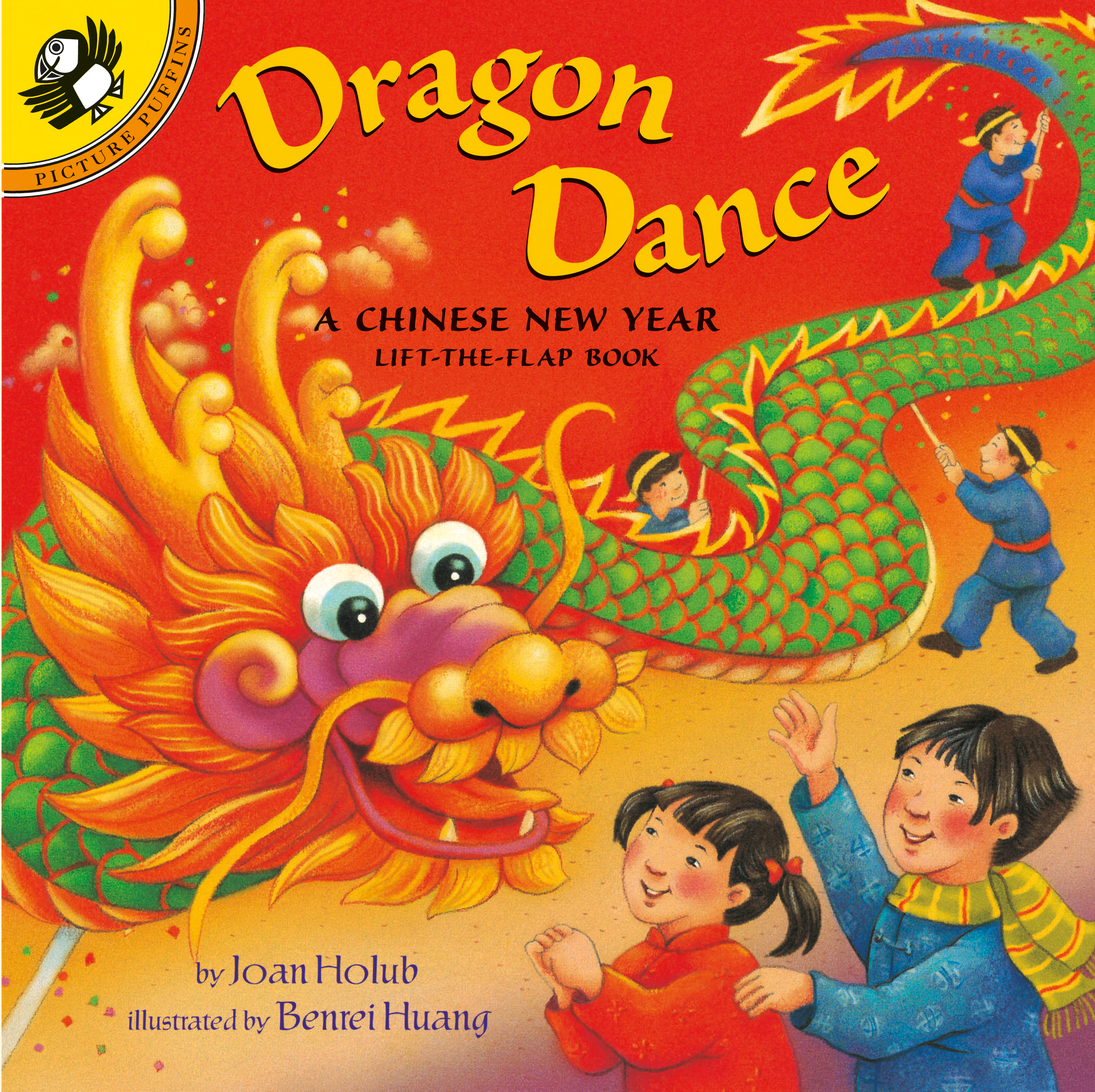
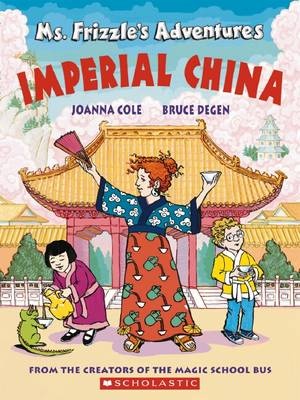 Ms. Frizzle’s Adventures: Imperial China
Ms. Frizzle’s Adventures: Imperial China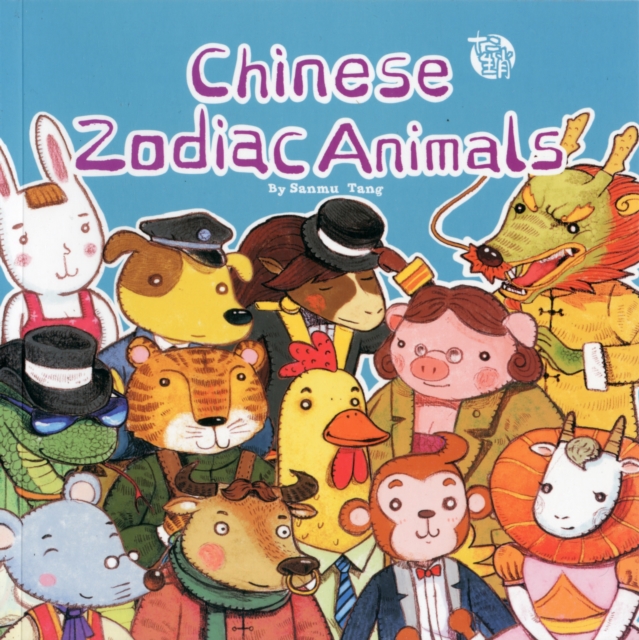
 Celebrating Chinese New Year: An Activity Book
Celebrating Chinese New Year: An Activity Book
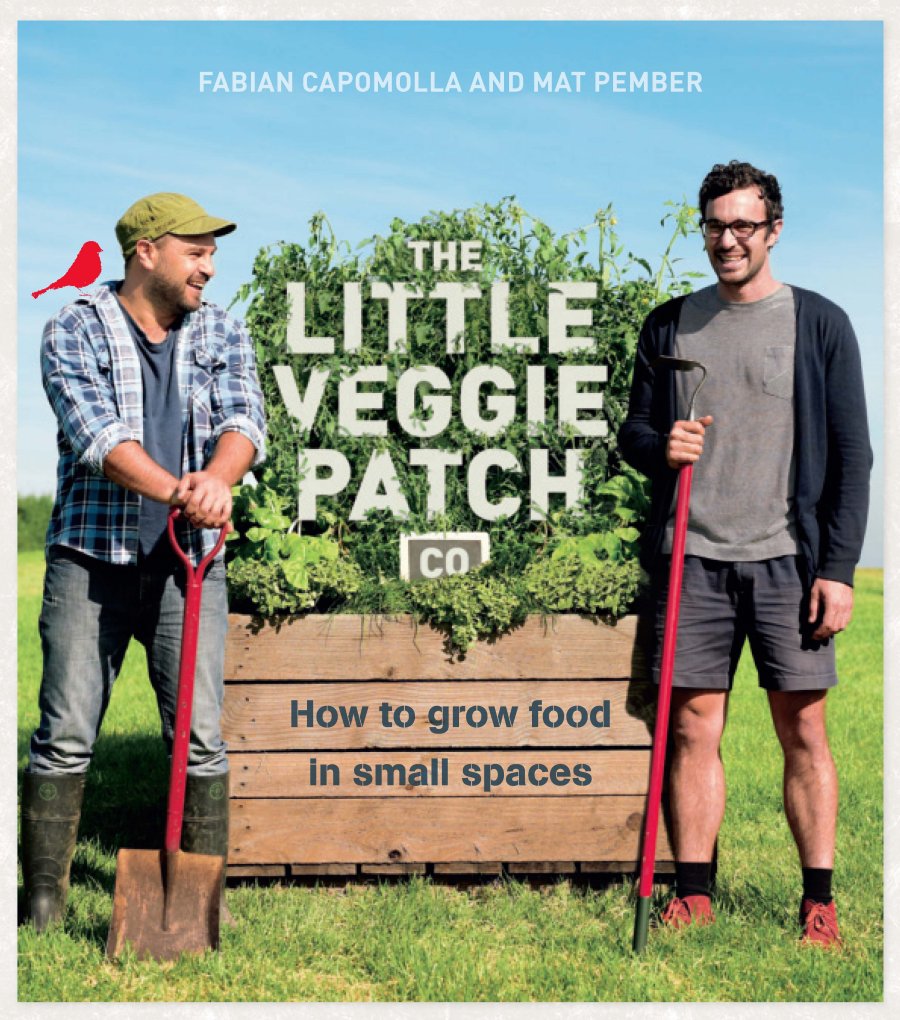
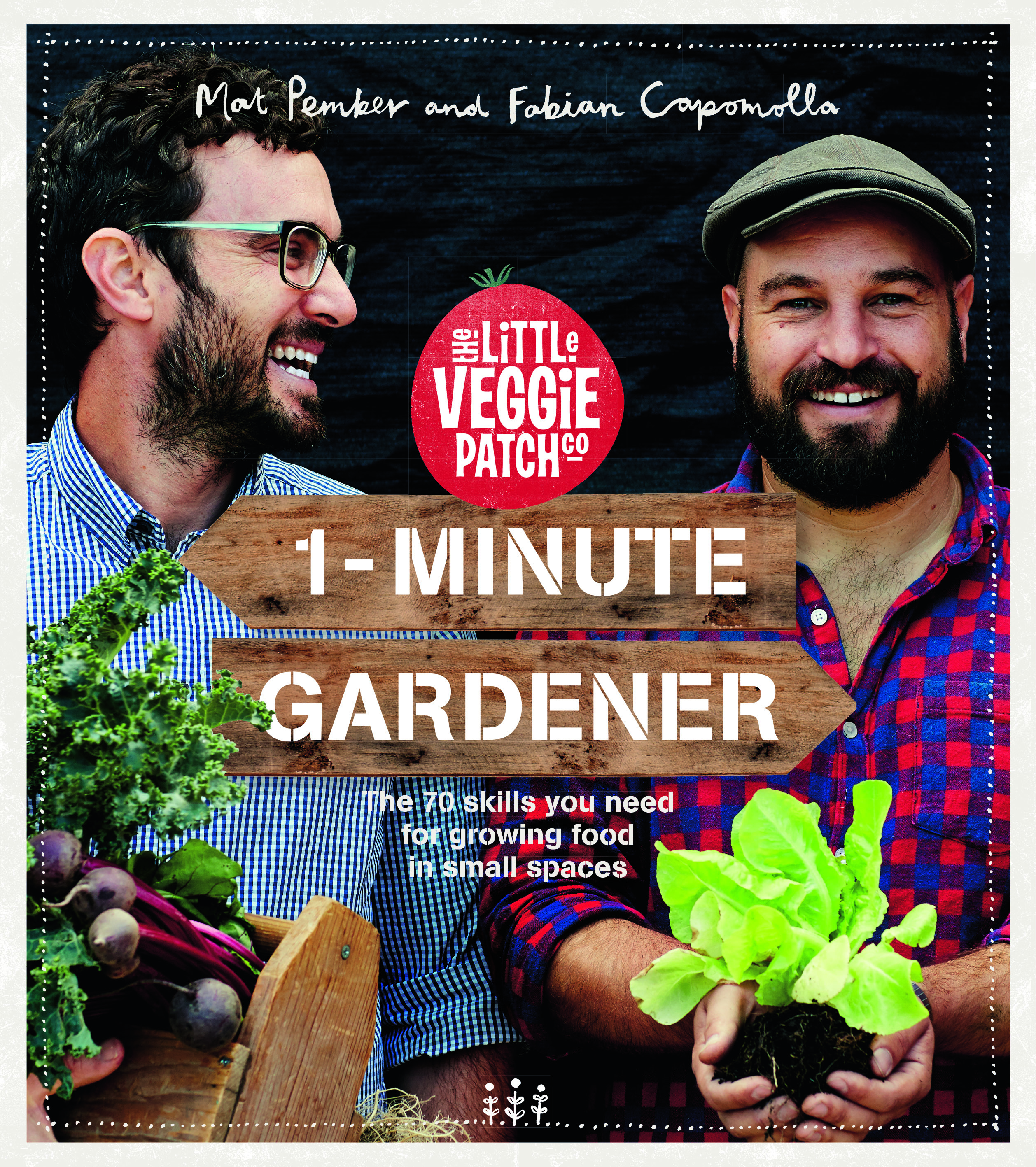

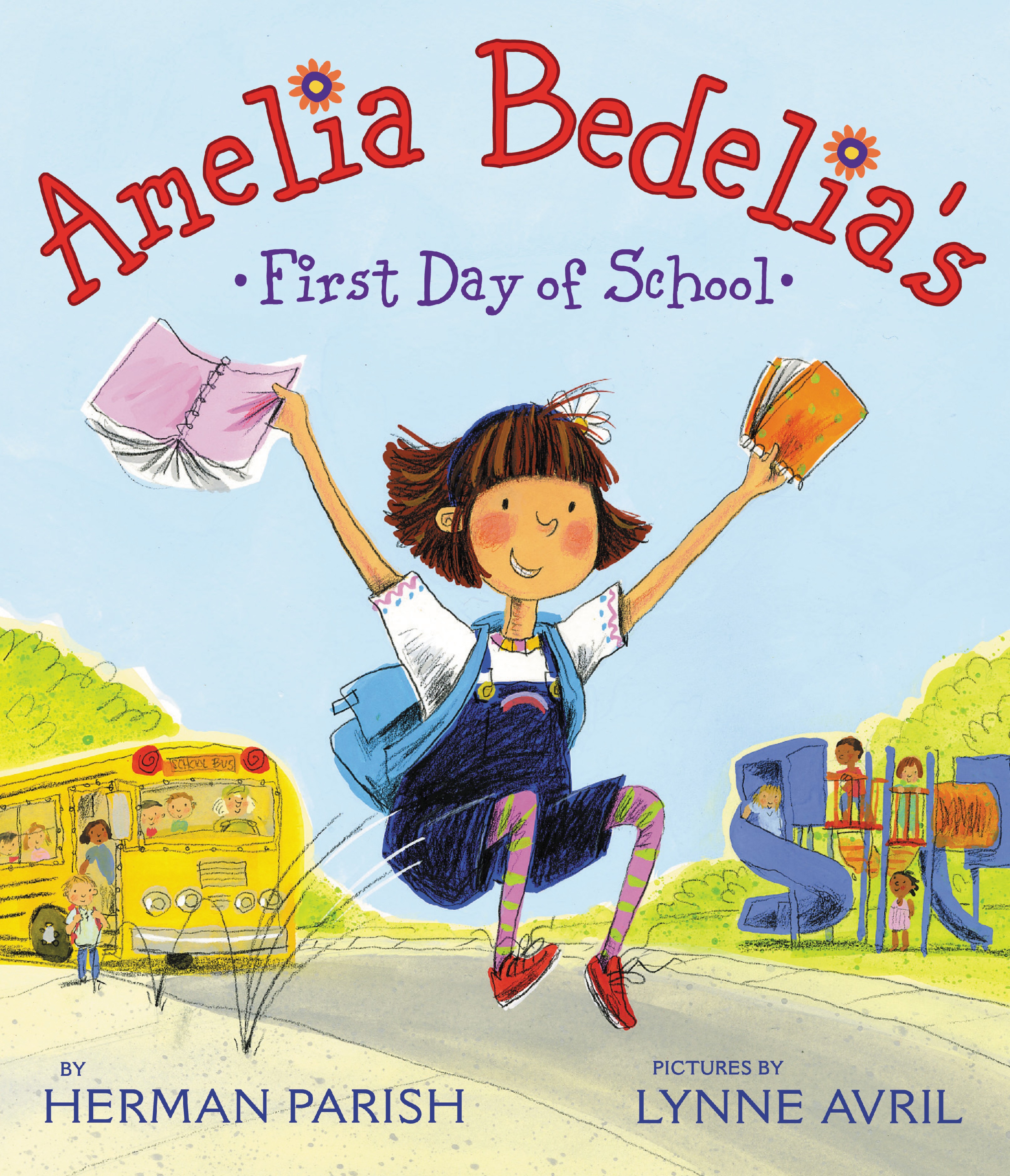
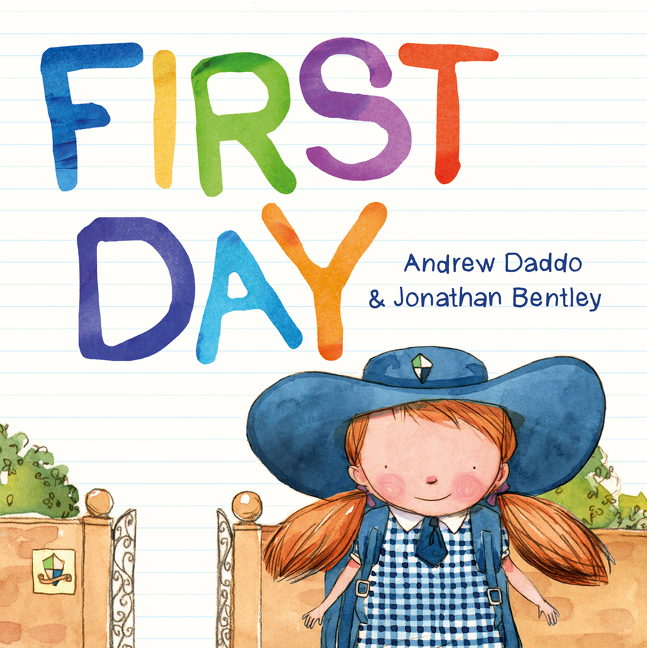 First Day
First Day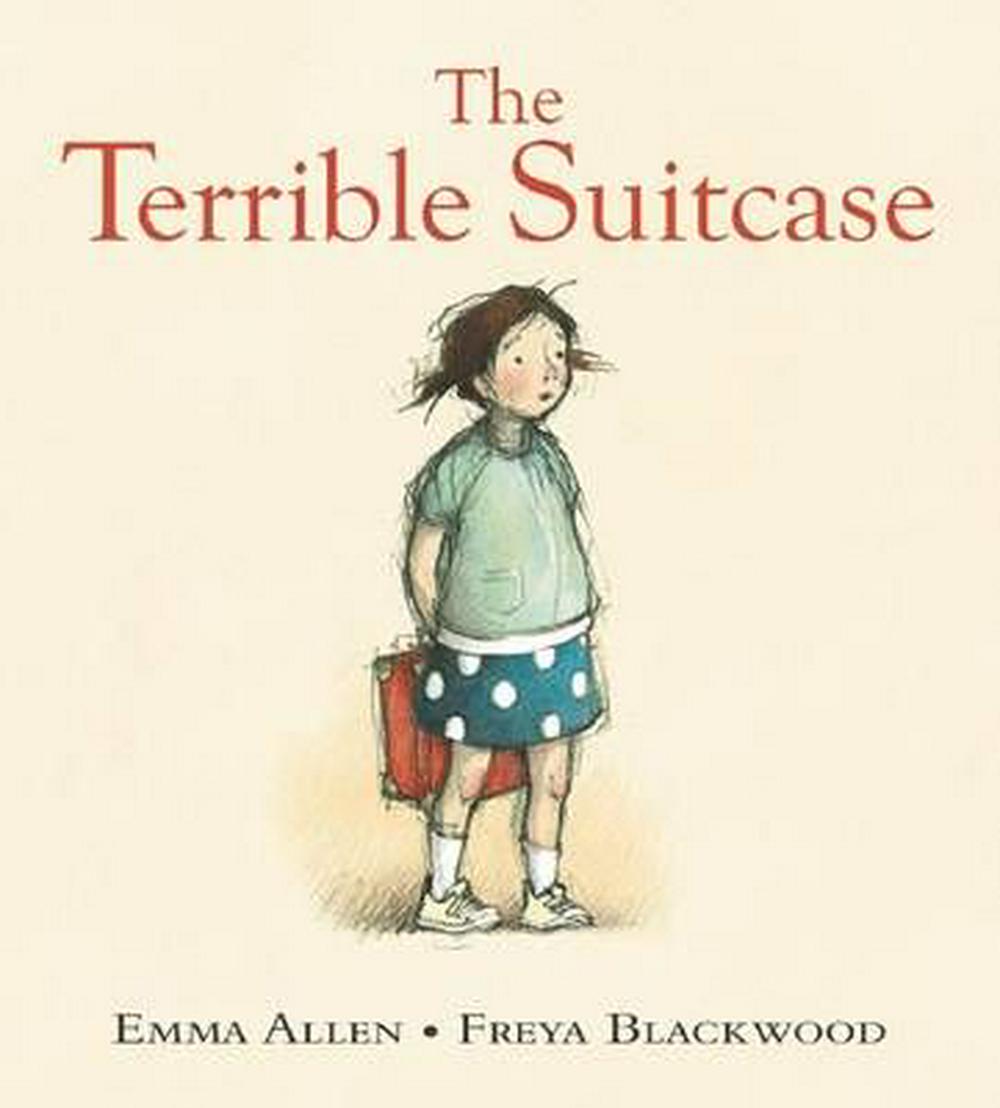
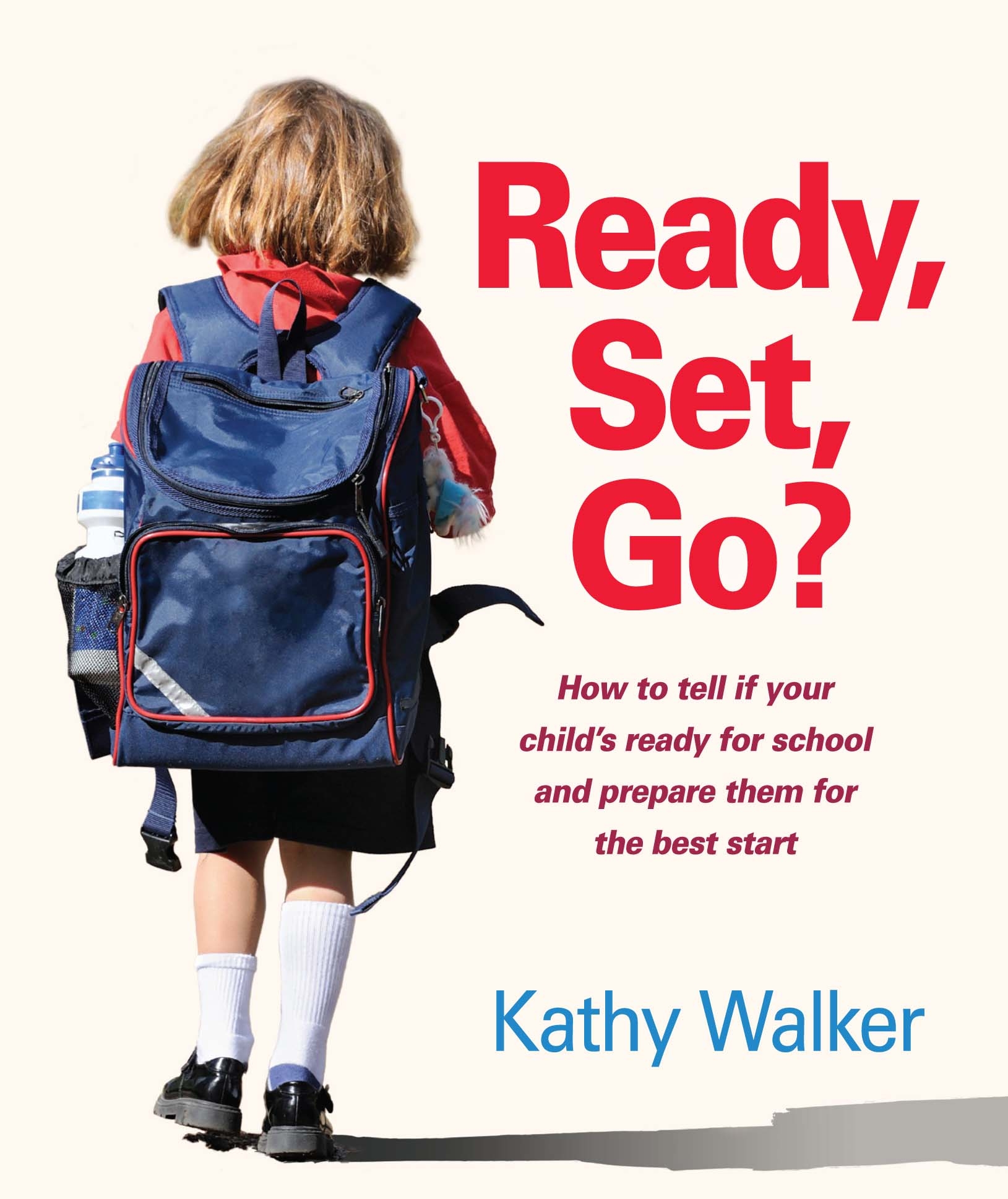


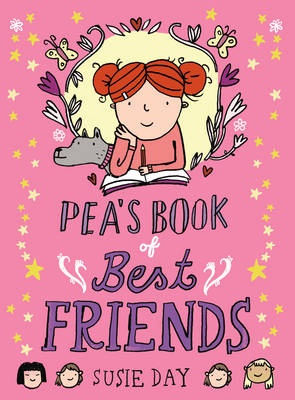 Pea’s Book of Best Friends
Pea’s Book of Best Friends